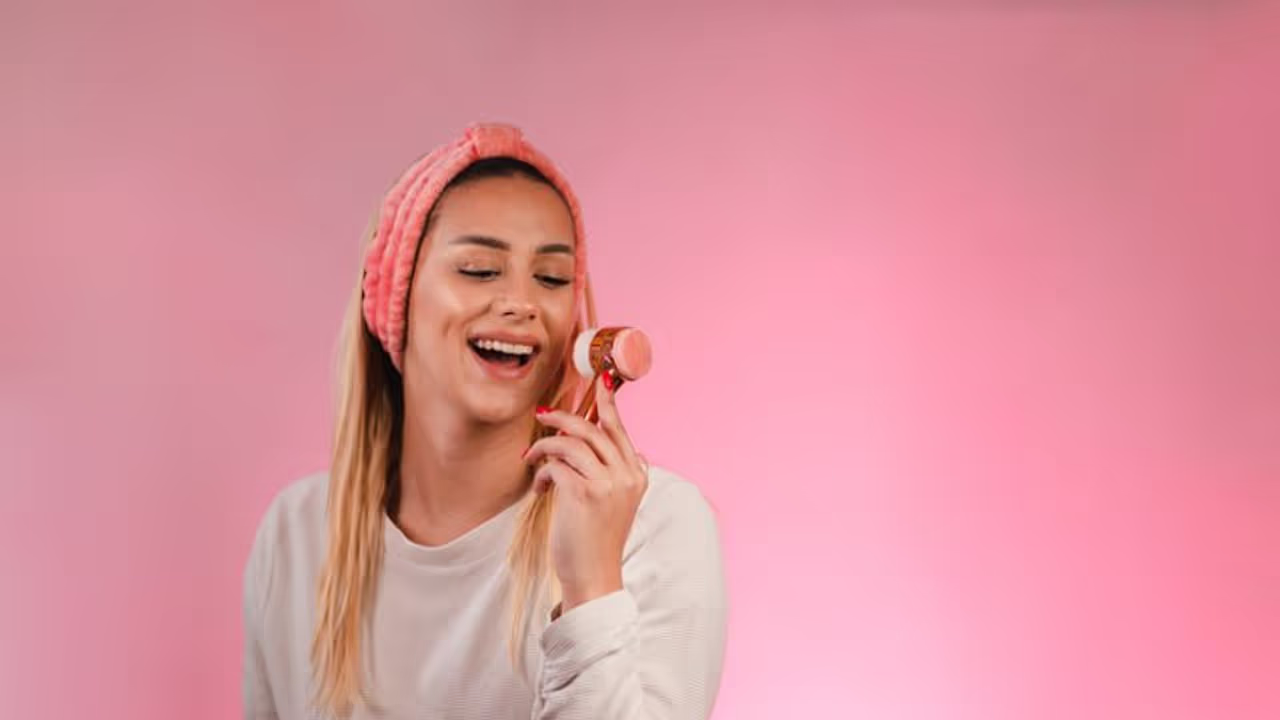Using a color corrector properly involves understanding color theory and applying the correct techniques to address specific skin concerns. Color correctors are used to neutralize unwanted undertones and imperfections on the skin, such as redness, sallowness, and dark circles. Here's how to use color correctors effectively:
1. Identify the Concern: Determine the specific skin concern you want to address. Different color correctors target different issues:

- Green: Neutralizes redness and blemishes.
- Peach/Orange: Corrects blue or purple undertones, often used for dark circles on lighter skin tones.
- Salmon/Red: Suitable for deeper skin tones to correct dark circles.
- Yellow: Counteracts purple or blue undertones and brightens the complexion.
- Lavender/Purple: Cancels out yellow or sallow undertones.
2. Choose the Right Product: Select a color corrector that suits your skin tone and the issue you want to correct. Consider the product's formulation (liquid, cream, stick), as well as its coverage and finish.
3. Apply a Base: Begin with a clean and moisturized face. Apply your regular foundation or concealer as a base before using color correctors. This helps ensure a natural finish and prevents excessive layering.
4. Apply Color Corrector: Use a small amount of the color corrector on the areas that need correction. Apply with a clean fingertip, makeup brush, or beauty sponge. Blend gently until the corrector is seamlessly incorporated into the skin. Avoid rubbing vigorously to prevent disrupting the foundation underneath.
5. Layering: If needed, you can layer a skin-toned concealer or foundation over the color corrector. This will help further conceal the corrected area and create a smoother, more even finish.
6. Set with Powder: To set the corrector and ensure long-lasting coverage, lightly dust a translucent setting powder over the corrected areas. This step helps prevent the corrector from moving or creasing throughout the day.
7. Don't Overdo It: Less is often more when it comes to color correctors. Using too much product can result in a cakey or unnatural appearance. Start with a small amount, and build up coverage if necessary.
8. Practice and Experiment: Color correction can be a bit trial and error, especially when you're new to it. Practice different techniques and product combinations to find what works best for your skin type and concern.
9. Blend Well: Proper blending is crucial. Make sure there are no visible lines or demarcations between the corrected areas and the rest of your makeup.
10. Natural Lighting: Apply and assess your makeup in natural lighting to ensure that the corrector has effectively balanced the undertones and that your makeup looks seamless.
Remember, mastering color correction may take some practice, so don't get discouraged if it doesn't look perfect the first time. As you experiment and learn, you'll become more confident in using color correctors to achieve a flawless complexion.
